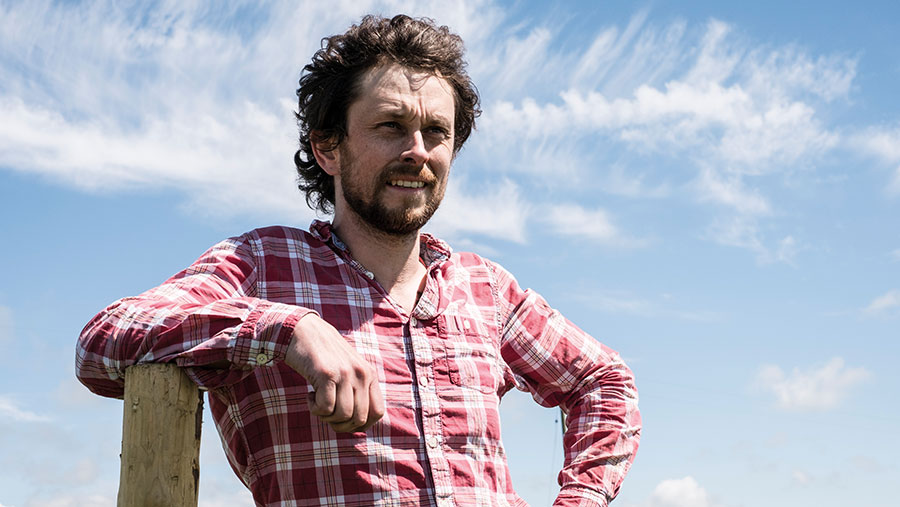Opinion: My knowledge of wild flowers grows with biodiversity project
 © Graeme Wilson
© Graeme Wilson Very rarely, I find myself on holiday and, even rarer, I am on a different continent. I am looking over the East River to Manhattan. It’s an impressive view, and it does indeed look like the movies.
For the moment, though, I am interested in a pink flower growing underneath a fence. My wife Polly asks what I’m doing.
Trying to see if it is a rare arable plant is the answer.
See also: Opinion – it isn’t a binary choice between farming and wildlife
For the previous three weeks, I have been walking our developing winter- and spring-sown cereals, picking small flowers growing alongside the beans, oats and wheat.
I found, in abundance, Stachys arvensis (field woundwort), Lamium amplexicaule (henbit deadnettle) and Spergula arvensis (corn spurrey). There was also a patch of borage in one field.
Three weeks previously, I would have struggled to name anything that wasn’t a daisy or buttercup.
My learning curve has been out of necessity. I have been accompanied by eight classes of Year 5s from local primary schools, and we have been collectively undertaking a piece of Citizen Science research.
My role at the end of our collection phase was identification – cue Google.
We have two unique projects running on the farm that have dovetailed.
We are working with National Resources Wales, the National Lottery Heritage Fund and Plant Life on a programme to identify and encourage rare arable plants, as part of a biodiversity project.
Arable ground in Wales has shrunk by 75% in the 20th century, with many species of traditional arable plants becoming rarer.
Our piece of organic ground with 200 acres (81ha) of cereals makes us a good candidate for some rare plants.
We are also working with a group of five urban primary schools, funded by the Shared Prosperity Fund, to bring their Year 5s through the farm five times over the course of the year.
They see the full cycle of farming, from planting and animal husbandry (including live births), through to harvest.
This spring, they have helped to ID our rare arable plants. As I write, the shepherd’s needle is still proving elusive.
These are not the usual late-spring activities on the farm. The silage is still being made, sheep are being checked for maggots, the grass seed is going in and the first draw of lambs isn’t far off.
As with all farms, however, we need different layers of value and different methods of leveraging the value in what we offer.
It was – and is – clear farms need alternative sources of income in the current climate. Even so, it is unlikely that we could have predicted the current developments on this farm even two years ago.
Being engaged in the local community and investing in wider industry discourse has presented opportunities to shape projects.
As we deliver the associated work, it is creating a strong feedback loop, and the likelihood is that these initial steps may lead to others.
How it will evolve over the next five years is up for grabs. What I am certain of is that farmers across the country are also taking steps to find the value that can sustain their operations.
This is vital work, given the continuing void where there should be coherent government policy for food and farming.
In the meantime, this pink flower in New York isn’t ringing any bells. It seems I have my own voids to address.

